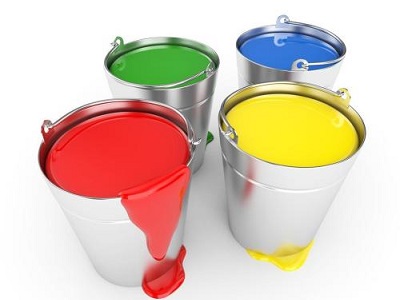CAS No.:1314-13-2
EINECS:215-222-5
Molecular Formula:ZnO
Molecular Weight:81.39
Appearance:White or light yellow fine powder, odorless, tasteless, Yellow at high temperature and white after cooling, melting point of 1975℃ (3587F)
Solubility:It is a two-stage oxide, soluble in acid、concentrated hydroxid、 ammonia water and ammonium salt solutions, difficult to dissolve in water and ethanol。
Uses:
1. Zinc oxide for top-grade ceramics is an important chemical flux material of ceramics, most of them are used in glaze material of ceramic wall and floor tiles, or low-temperature ceramic wares
2. In ceramic industry, Zinc oxide is widely used in the glaze of brick and tiles, translucent glaze of stone ware, transparent glaze or fritted glaze of crafted tableware and dish.
Characteristic:
1. Zinc oxide has a strong melting effect in the glaze, which can reduce the expansion coefficient of the glaze, improve the thermal stability of the product, increase the gloss and whiteness of the glaze, and improve the strength of the glaze. It can increase the luster of enamel while expanding the melting range.
2. Ceramic grade zno has low expansion coefficient and has good effect of high thermal vibration and mechanical vibration in the production of ceramic products;
3. The content of iron is low. When used as the raw material of color glaze, the color difference of ceramic products is small and the product has good finish.
4. Adding zinc oxide to glass can increase the transparency, brightness and tensile deformation, and reduce the thermal expansion coefficient.
Quality standard:
| Item | specification | ||
| Zinc oxide (as ZnO)%,≥ | 99.7 | 99.5 | 95.0 |
| Metals (as dry)%,≤ | NO | NO | NO |
| Lead oxide (as Pb)%,≤ | 0.037 | 0.14 | 0.3 |
| Ferric oxide(as Fe)%,≤ | 0.001 | 0.003 | / |
| Insoluble matter in HCl%,≤ | 0.02 | 0.05 | 0.10 |
| Loss on ignition%,≤ | 0.20 | 0.20 | 1 |
| Volatile matter on 105oC%,≤ | 0.3 | 0.4 | 0.8 |
Packing: 25kg/ bag, lined with polyethylene film bag, outer packing is covered with film woven bag.
Storage: Avoid damage, dampness, contamination and contact with acids.



